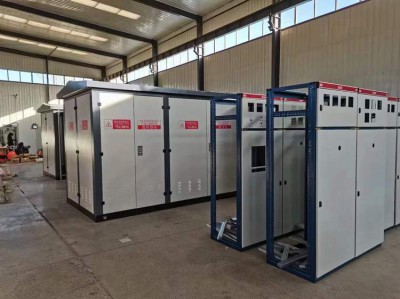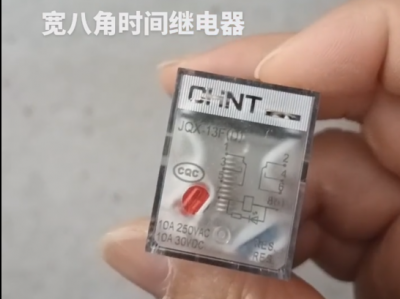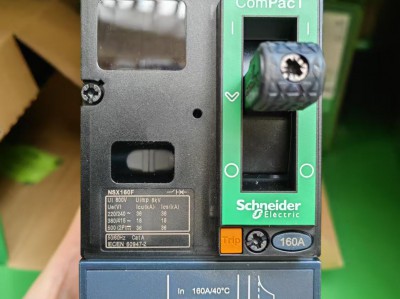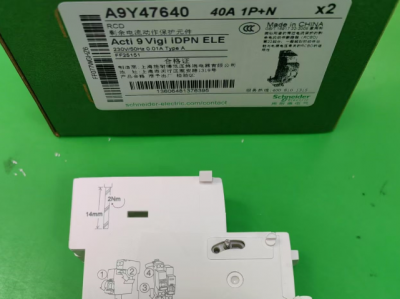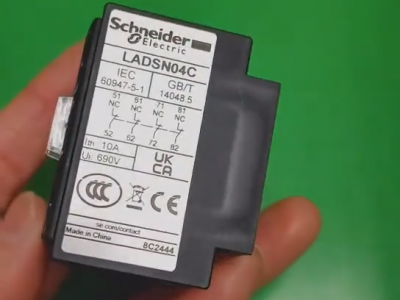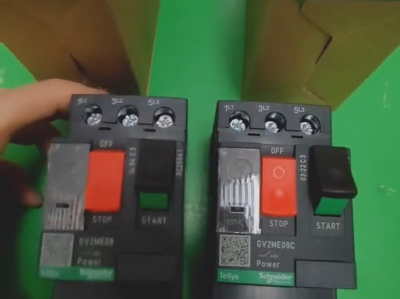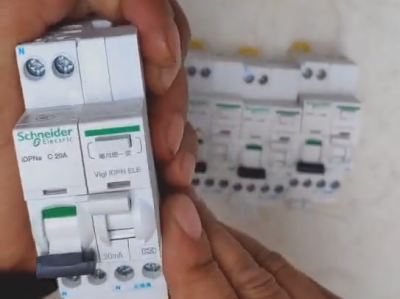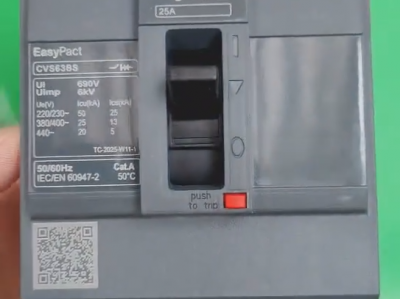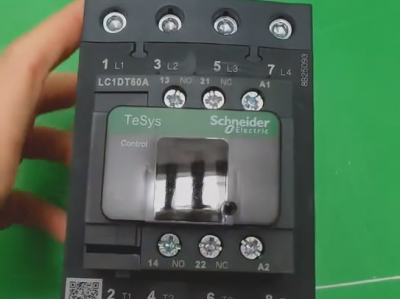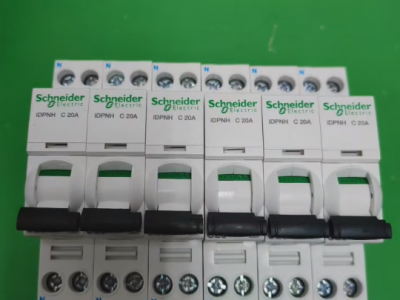Schneider Electric LC1-N1810
Product description
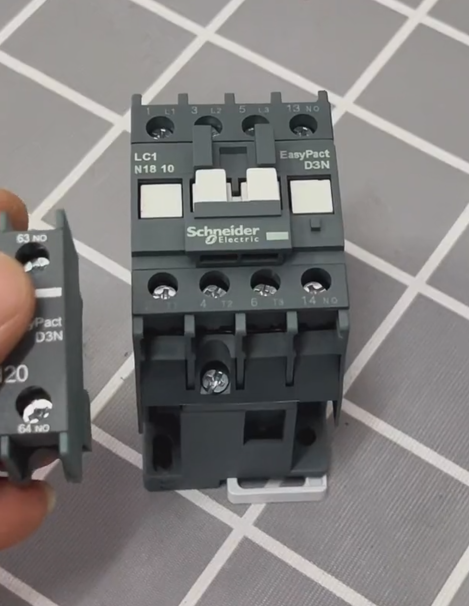
Schneider Electric's LC1-N1810 is an AC contactor specifically designed for industrial and commercial applications. It belongs to the EasyTeSys D3N Series (domestic model) and is mainly used to control the on-off operation of three-phase motors or other high-power loads.
I. Core Parameters and Configuration
1. Basic Performance
Rated Current: 18A (under AC-3 duty cycle, suitable for 7.5kW/380V motors).
Pole Number: 3 poles (with 3 normally open (NO) main contacts), used for three-phase circuit control.
Auxiliary Contacts: 1 normally open (NO) contact, which can be used for logical interlocking of control circuits or signal feedback.
Coil Voltage: Supports multiple specifications (AC24V, AC48V, AC110V, AC220V, AC380V, etc.), with optional frequency of 50/60Hz. The specific model is indicated by a suffix (e.g., M7N represents AC220V/50Hz).
2. Electrical Characteristics
Insulation Voltage: 1000V, suitable for high-voltage environments.
Mechanical Life: 15 million operations (maintains stability even in frequent operation scenarios).
Breaking Capacity: Up to 150,000 operations under AC-4 duty cycle (suitable for high-impact loads).
3. Structural Design
Compact Size: Approximately 45mm in width, supporting 35mm DIN rail mounting to save space.
Safety Protection: IP2X finger protection (for terminal parts) to prevent accidental electric shock.
Material Technology: Silver alloy contacts ensure high conductivity and wear resistance; the high-temperature-resistant housing complies with certifications such as UL and CE.
II. Application Scenarios
1. Industrial Control
- Controls the start, stop, forward and reverse rotation of three-phase motors, and is often combined with thermal overload relays to form motor starters.
- Used for frequently operated equipment (such as conveyors, pumps, compressors) and supports high-frequency on-off operations.
2. Commercial and Building Sectors
- Controls the power supply of air conditioning systems and ventilation equipment, and is compatible with building automation systems.
- Enables centralized management of lighting or heating circuits, with remote monitoring realized through auxiliary contacts.
3. Special Environments
- Adapts to a wide temperature range from -25℃ to +70℃, resists vibration and impact, and is suitable for harsh industrial environments.
III. Model Types and Selection Key Points
1. Common Models
LC1-N1810M7N: AC220V/50Hz, the most commonly used model.
LC1-N1810Q7N: AC380V/50Hz, suitable for high-voltage scenarios.
Discontinued Models: Such as LC1-N1810F6N (AC110V/60Hz); attention should be paid to alternative solutions.
2. Selection Recommendations
Voltage Matching: Select the coil voltage according to the control circuit to avoid misoperation (e.g., a 220V coil connected to 380V will be burned out).
Load Type: AC-3 is used for normal start-stop of motors, while AC-4 is used for scenarios such as frequent inching or stalling; the breaking capacity of the contactor must be confirmed.
Expansion Functions: If more auxiliary contacts are needed, LAN series expansion modules can be installed (e.g., LANN40N adds 4 normally open contacts).
IV. Price and Purchase Channels
1. Market Price
- Whatsapp: 0086-13811255435. The price range is approximately 44 RMB to 70 RMB; imported models (TeSys N Series) are slightly more expensive.
V. Installation and Maintenance
1. Wiring Instructions
Main Contacts: Connect to three-phase power supply and load (L1/L2/L3 for input, T1/T2/T3 for output).
Coil Terminals: Connect to the corresponding voltage according to the model (e.g., M7N is connected to L and N).
Auxiliary Contacts: NO contacts can be connected in series to the control circuit to realize interlocking or status indication.
2. Maintenance Key Points
- Regularly clean the contact surfaces to avoid oxidation or dust accumulation affecting conductivity.
- Check the coil temperature rise (not exceeding 60K) to prevent damage due to overheating.
- When replacing contacts, use accessories of the same model to ensure performance matching.
VI. Alternative Solutions and Competitor Comparison
1. Schneider Internal Alternatives
LC1-D1810: A contactor of the D Series, slightly larger in size but lower in price, suitable for budget-sensitive scenarios.
TeSys N Series: Imported models (e.g., NEMA Size 00), compatible with IEC standards, suitable for international projects.
2. Recommended Competitors
Siemens 3RT60 Series: 3RT60261AN20 (25A/AC220V), with similar performance but slightly higher price.
Chint CJX2-1810: A domestic alternative, priced at approximately 52 RMB, suitable for scenarios with strict cost requirements.
VII. Notes
1. Overload Protection: Must be used in combination with thermal overload relays (such as LRD Series) to prevent motor burnout due to overload.
2. Voltage Fluctuation: The coil voltage must be stable within 85%-110% of the rated value; otherwise, it may cause misoperation or failure to pull in the contactor.
3. Environmental Requirements: The installation environment should have a humidity of ≤90%RH and no corrosive gases to avoid affecting service life.

